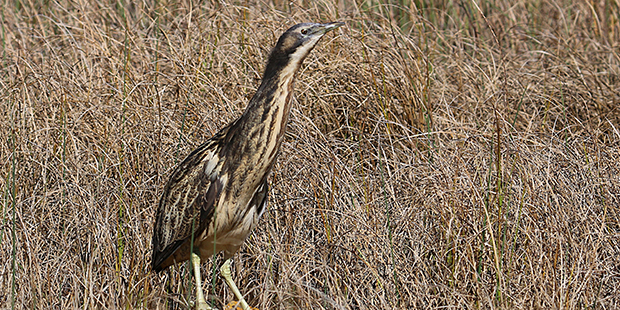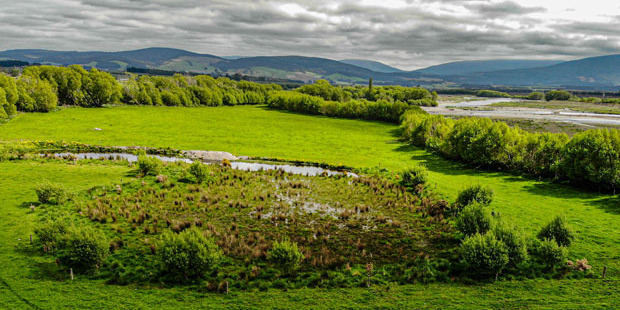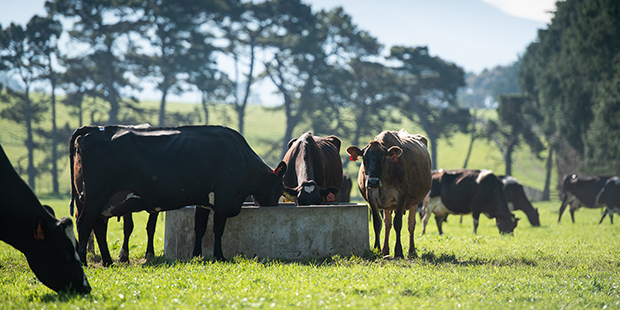Waterways benefit from farmer’s ‘dream’
Freshwater health goes under microscope as hundreds of farmers adopt environment plans.
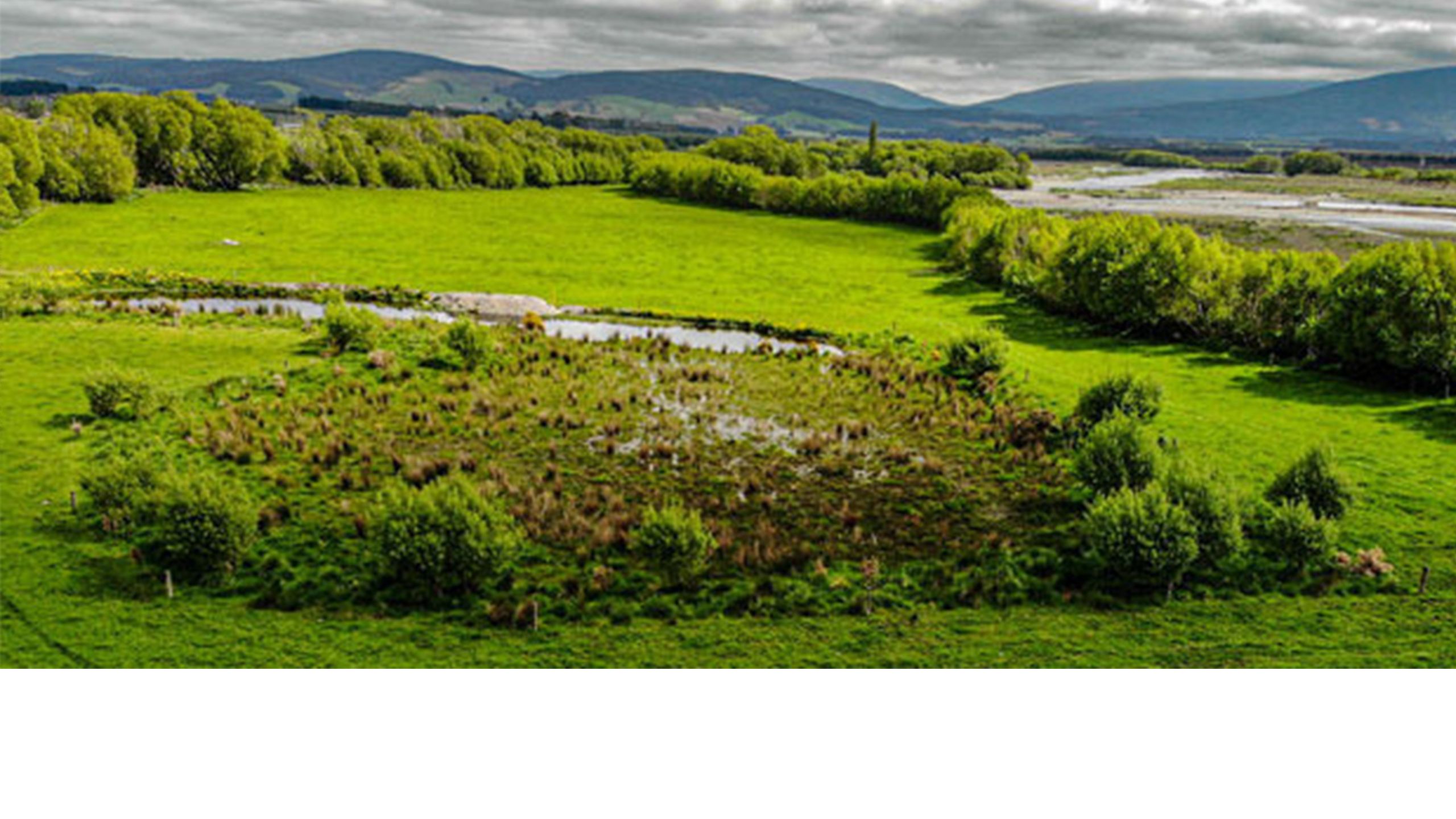
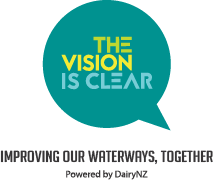
A Southland dairy farmer has invested $200,000 over the last 10 years in planting and fencing around a river and creeks on his property – an outcome of a dream he had back in his native Zimbabwe.
Edwin Mabonga, who together with his wife Fungai milk 850 cows on a 270ha farm bordering the Aparima River at Otautau near Invercargill, used to spend time in Zimbabwe reading books about New Zealand.
“It was always a big goal of mine to come to New Zealand because I saw it as being the world benchmark for dairy farming,” he says. “We used to read books to learn as much as we could and eventually decided to move to find out what the big deal was.”
Mabonga, who was employed by his parents on a dairy farm in Zimbabwe before emigrating to New Zealand, is today among a big group of farmers in Southland achieving significant environmental breakthroughs by operating individual Farm Environment Plans.
He is one of 600 farmers taking part in the Aparima Community Environment Project. A survey of 151 of the farmers late last year showed 80 per cent are now operating Farm Environment Plans which are returning far greater environmental benefits, improving freshwater health, reducing farm sediment and nutrient loss.
The survey also showed that 95 per cent have excluded stock from waterways – up four per cent on last year – and 87 per cent now use nitrogen strategically – also up by four per cent.
This is on top of a 23 per cent increase in the number of farmers now operating environment plans compared to the number doing so in 2019.
Mabonga says having an environment plan helps him and other farmers in the project achieve better environmental outcomes – and has everyone on the farm thinking environmentally.
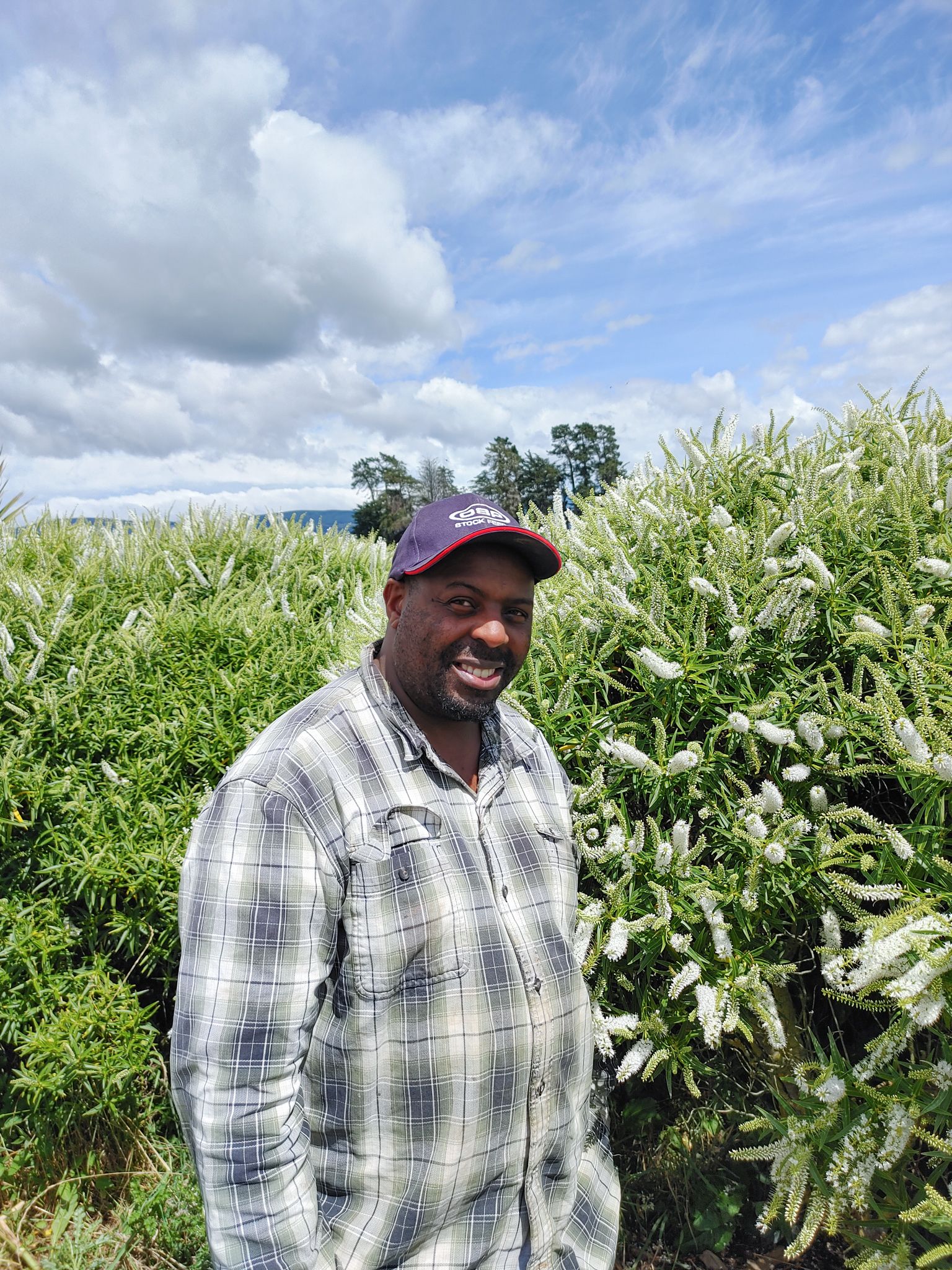
Edwin Mabonga. Image / Supplied.
Edwin Mabonga. Image / Supplied.
“The plan puts it down on paper and means we can look at what areas of the farm need the most work,” he says. “They help identify environmental risks and management options and show how serious farmers are about taking care of the environment.”
Mabonga has always been aware of the importance of environmental stewardship. After moving to New Zealand, he worked on a dairy farm in Taranaki for several years: “The owners were riparian planting back then, so we picked it up from them.”
Ten years ago he moved his family south to Otautau (the Mabongas have a daughter now aged 22 and two sons 18 and 13) where he began share-milking for an equity partnership. Together with his team, he immediately began riparian planting, long before environment plans were introduced.
A 3km stretch of the Aparima River runs along part of his farm boundary while the property also has wetlands and several kilometres of creeks running through it.
Mabonga estimates up to $400,000 worth of work has been invested in plants, waterway fencing, stream bank erosion protection and native trees in that time. Of this $200,000 has come out of his own pocket (Environment Southland have met the other 50 per cent).
“I couldn’t tell you how many we’ve planted, but it’s a lot,” he says. “We’ve put in willows along the river banks which helps prevent erosion and, although it is still happening in some places, it is not occurring where we’ve planted.”
While the bulk of his planting has been completed, Mabonga says it remains an ongoing project. He is looking at establishing shelter belts at strategic places on the farm which, while designed as wind-breaks, also assist in reducing nutrient run-off. He is budgeting $10,000 per year for this work.
The plans must include actions to reduce farm sediment and nutrient loss, outline how wintering rules will be implemented and where to riparian plant and fence. They are reviewed annually.
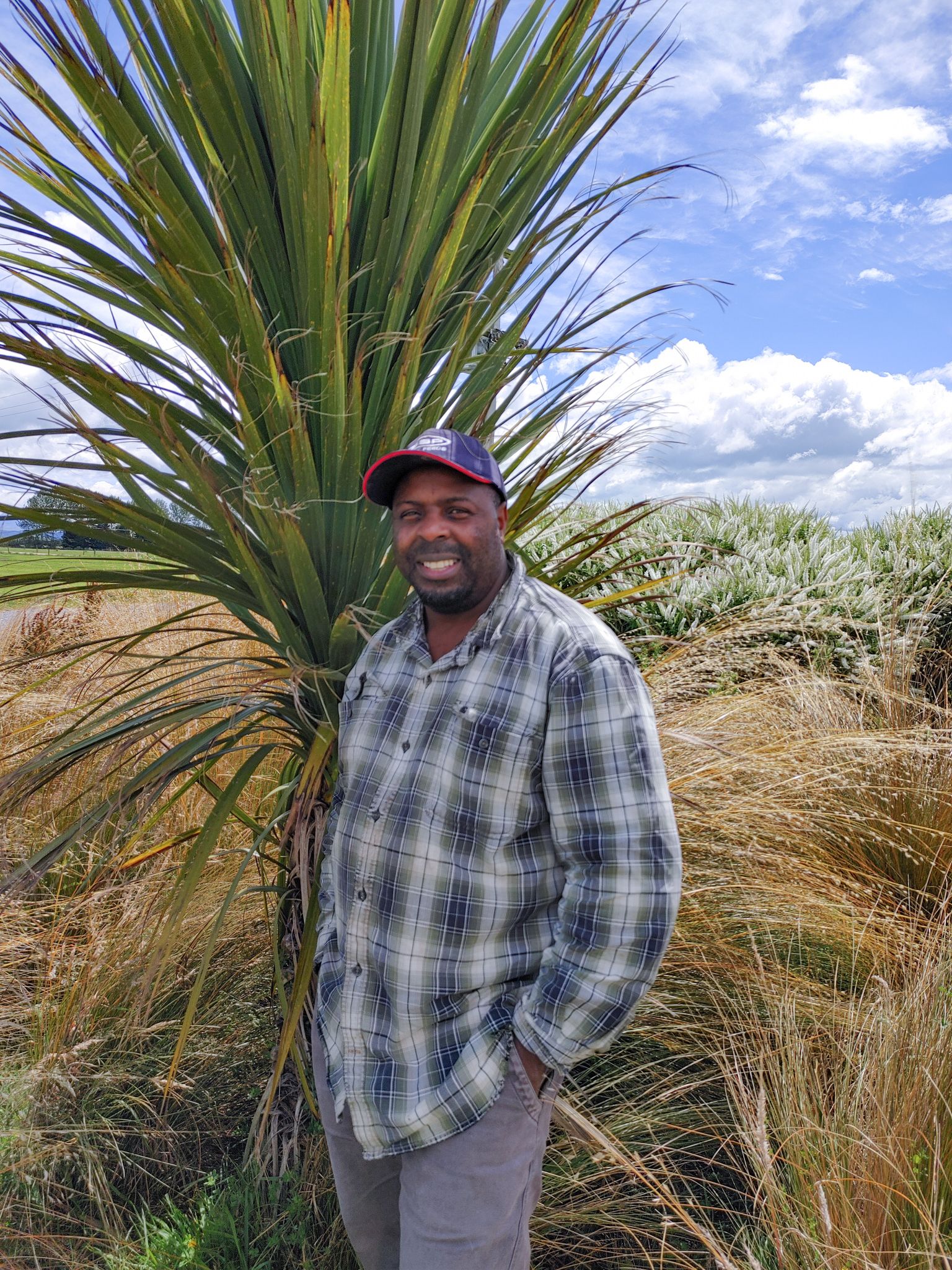
Edwin Mabonga. Image / Supplied.
Edwin Mabonga. Image / Supplied.
The project began in 2018 and involves 600 farmers in the Aparima, Pourakino, Waimatuku and Longwood catchments. Of the 600 farmers, 216 are dairy farmers and 384 are sheep and beef farmers.
As well as excluding stock from waterways and using nitrogen fertiliser strategically, 80 per cent of farmers surveyed are recycling chemical containers, 78 per cent leave ungrazed buffers around sensitive areas and 74 per cent carry out paddock soil testing.
The project is supported by DairyNZ, Beef & Lamb New Zealand, Environment Southland, Fonterra and Open Country Dairy.
For more information about Farm Environment Plans go to dairynz.co.nz/fep or beefandlambnz.com/farm-plans



